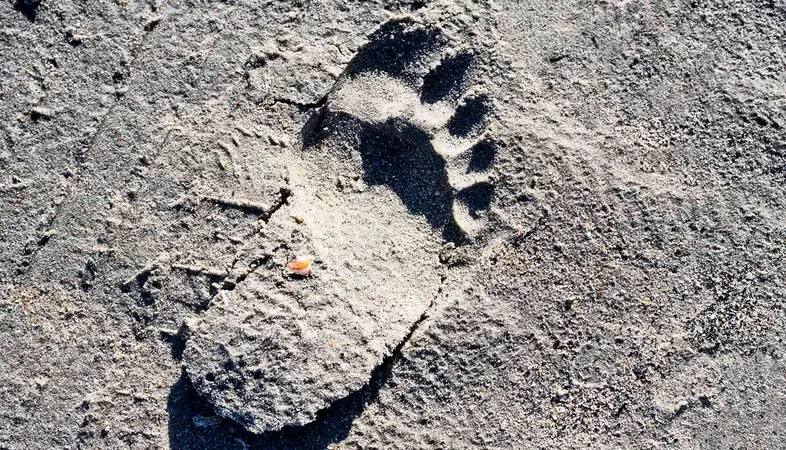
Neanderthal Journeys Unveiled: Mapping Their Epic Migration across Europe and Eurasia
2025-06-10
Author: Nur
A New Era in Understanding Neanderthal Migration
Anthropologists have cracked the code on the elusive paths that Neanderthals traversed across Europe and Eurasia. This groundbreaking research reveals that these ancient humans embarked on a significant migration from Eastern Europe to Central and Eastern Eurasia between 120,000 and 60,000 years ago.
Unraveling the Mystery of Their Routes
For years, the exact routes taken by Neanderthals were shrouded in mystery, primarily because archaeological evidence connecting these regions was scarce. However, a team of anthropologists has utilized advanced computer simulations to map out potential pathways, offering new insights into these ancient migrations.
The River Valleys: Highways of the Past
Their findings suggest that Neanderthals cleverly used river valleys as natural highways, migrating approximately 2,000 miles (3,250 km) in under 2,000 years, taking advantage of warmer climatic periods that made travel easier. Emily Coco, who spearheaded the study during her time at New York University and is now a postdoctoral researcher in Portugal, points out, "Despite formidable barriers like mountains and rivers, Neanderthals could traverse northern Eurasia with surprising speed."
Innovative Research Techniques
Published in the journal PLOS One, the collaboration between Coco and NYU's associate professor Radu Iovita analyzed various factors like terrain elevation, ancient rivers, glacial barriers, and temperature fluctuations. This innovative approach mimicking models used for modern humans and animals has never before been applied to Neanderthals.
Insight into Ancient Human Interactions
Their study is particularly enlightening when considering interactions between Neanderthals and other ancient human populations, such as Denisovans. The migration routes they identified would have led them into territories already inhabited by Denisovans, supporting theories of interbreeding between these species.
A Natural Pathway Through Time
Using the NYU Greene Supercomputer Cluster, simulations revealed that Neanderthals could have reached the Siberian Altai Mountains within 2,000 years during two warm periods—Marine Isotope Stage 5e and Marine Isotope Stage 3. These findings not only illuminate the paths of ancient migrations that remain untraceable in the archaeological record but also highlight how climate conditions and landscape features influenced these journeys.
A Game-Changer for Understanding Human History
As Iovita aptly states, "While some have speculated on rapid migrations based on genetic evidence, this research provides substantial validation through detailed modeling. It seems that these migrations were almost inevitable under favorable climate conditions in our prehistoric past." This study opens new avenues for understanding the remarkable journeys of Neanderthals and their impact on the evolution of human history.




 Brasil (PT)
Brasil (PT)
 Canada (EN)
Canada (EN)
 Chile (ES)
Chile (ES)
 Česko (CS)
Česko (CS)
 대한민국 (KO)
대한민국 (KO)
 España (ES)
España (ES)
 France (FR)
France (FR)
 Hong Kong (EN)
Hong Kong (EN)
 Italia (IT)
Italia (IT)
 日本 (JA)
日本 (JA)
 Magyarország (HU)
Magyarország (HU)
 Norge (NO)
Norge (NO)
 Polska (PL)
Polska (PL)
 Schweiz (DE)
Schweiz (DE)
 Singapore (EN)
Singapore (EN)
 Sverige (SV)
Sverige (SV)
 Suomi (FI)
Suomi (FI)
 Türkiye (TR)
Türkiye (TR)
 الإمارات العربية المتحدة (AR)
الإمارات العربية المتحدة (AR)